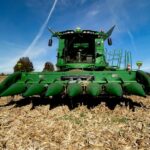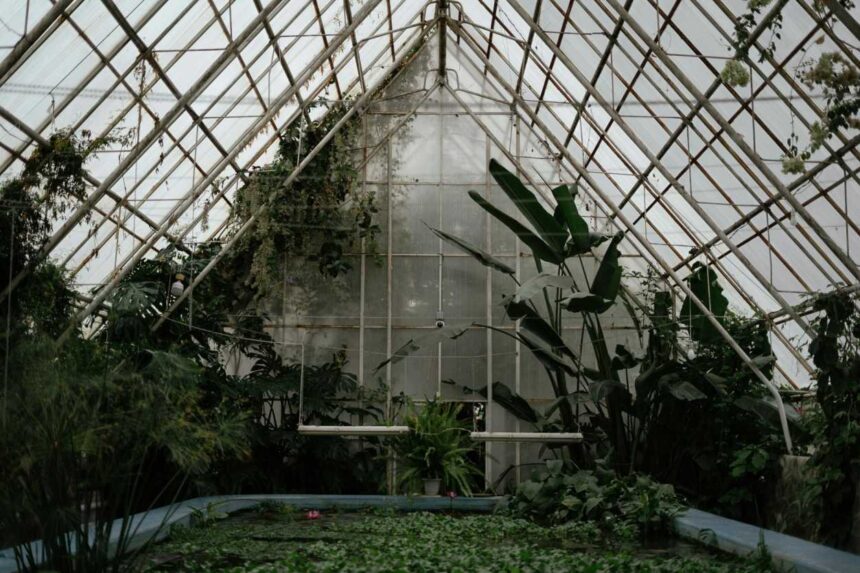In the midst of urbanization and environmental challenges, the concept of urban farming architecture emerges as a innovative solution to integrate agriculture into the fabric of cities. By blending sustainable design principles with agricultural practices, urban farming architecture offers a promising avenue for creating green, resilient urban spaces. In this article, we explore the intersection of architecture and urban farming, showcasing examples of innovative designs that promote food production, community engagement, and environmental sustainability.

- The Role of Urban Farming Architecture:
- Define urban farming architecture and its significance in addressing food security, environmental degradation, and urban livability.
- Discuss how urban farming architecture integrates agriculture into urban landscapes, transforming underutilized spaces into productive green areas.
- Highlight the potential of urban farming architecture to promote self-sufficiency, local food production, and healthier urban lifestyles.
- Design Principles for Urban Farming Architecture:
- Explore key design principles that inform the development of urban farming architecture, such as sustainability, functionality, and aesthetics.
- Discuss the importance of site analysis, climate considerations, and community engagement in designing successful urban farming projects.
- Highlight innovative approaches to incorporating green infrastructure, renewable energy systems, and water management strategies into urban farming architecture.
- Examples of Urban Farming Architecture:
- Vertical Farms: Showcase examples of vertical farming structures that utilize vertical space to maximize food production in dense urban environments. Highlight projects like the Vertical Farm in Singapore and the Plantagon in Sweden.
- Rooftop Gardens: Explore rooftop garden designs that transform unused rooftops into vibrant urban farms, providing fresh produce and green spaces for residents. Feature projects like the Brooklyn Grange in New York City and the Lufa Farms rooftop greenhouse in Montreal.
- Urban Agriculture Parks: Highlight examples of urban agriculture parks that integrate farming activities with recreational spaces, educational facilities, and community gardens. Showcase projects like the Green Roof Garden in Chicago’s Millennium Park and the Yards Park in Washington, D.C.
- Mixed-Use Developments: Discuss mixed-use developments that incorporate urban farming elements into residential, commercial, and industrial buildings, fostering a symbiotic relationship between agriculture and urban life. Feature projects like the Boschendal Farm Estate in South Africa and the WU Campus in Vienna, Austria.

- Benefits and Challenges:
- Examine the benefits of urban farming architecture, including increased access to fresh produce, enhanced urban biodiversity, and improved air and water quality.
- Discuss challenges faced by designers and architects in implementing urban farming projects, such as limited space, regulatory hurdles, and financial constraints.
- Explore strategies for overcoming these challenges through interdisciplinary collaboration, community partnerships, and innovative design solutions.
Conclusion: Urban farming architecture represents a bold vision for the future of sustainable urban development, where agriculture and architecture converge to create thriving, resilient cities. By embracing innovative design principles and harnessing the power of technology and community engagement, we can cultivate urban spaces that not only nourish our bodies but also nourish our souls. Let us continue to reimagine the built environment as a vibrant, interconnected ecosystem where nature and humanity coexist in harmony.






